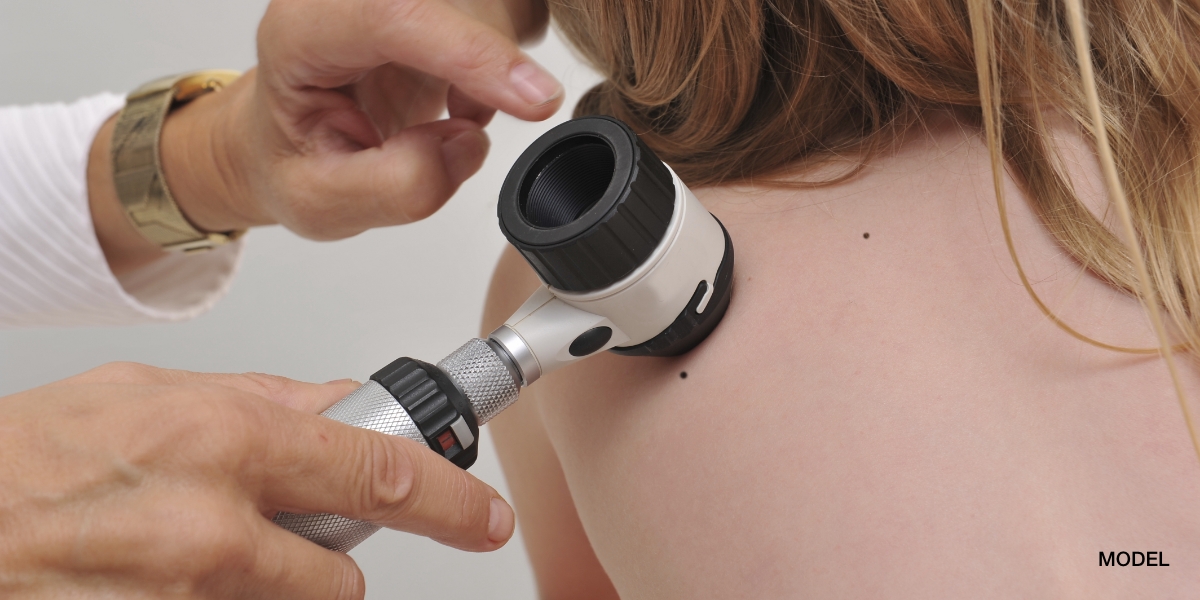Vaccinia is a live attenuated version of the smallpox virus used in vaccines against smallpox, and I occasionally encounter sequelae from the Vaccinia vaccination in my The Woodlands dermatology and Conroe dermatology clinics. The Vaccinia vaccination involves inoculation of the Vaccinia virus into the epidermis and upper dermis using the multiple puncture technique. A papule forms 3-5 days later at the site of inoculation, which is followed by a vesicle (blister) that develops into a pustule which ultimately leaves a scab/crust covering a pitted scar after three weeks. If a papule/vesicle doesn’t form, than the immunization did not “take” and the patient is not immunized to smallpox. As the Vaccinia vaccination is a live virus vaccine, the patient can transfer the virus from the inoculation site to other areas of the body called autoinoculation. The eyes are the most common area for autoinoculation and the same type of reaction that occurs at the primary site of inoculation can occur at these secondary sites resulting in additional scarring. If a patient has ocular autoinoculation, they need to see an ophthalmologist immediately. If the vaccination site is not covered, transmission can occur to others in contact with the patient. Generalized Vaccinia is a rash that can occur 6 to 9 days after vaccination in which multiple papules and vesicles occur throughout the body or in one specific anatomic location. In a patient with a normal immune system, Generalized Vaccinia is self-limited and does not require any treatment. If the patient is immunocompetent, Vaccinia Immune Globulin (VIG) should be administered. Eczema Vaccinatum is very similar to eczema herpeticum, in which Vaccinia infects the eczematous areas on a patient. Thus, patients with a history of eczema should not be vaccinated with Vaccinia. Progressive Vaccinia is a very rare and fatal complication of Vaccinia vaccination usually occurring in patients with immunodeficiency. The inoculation site continues to progress with ulceration and necrosis and fails to heal after 15 days. The bones and internal organs can become involved with the same necrosis and it is imperative to treat Progressive Vaccinia with VIG immediately.






